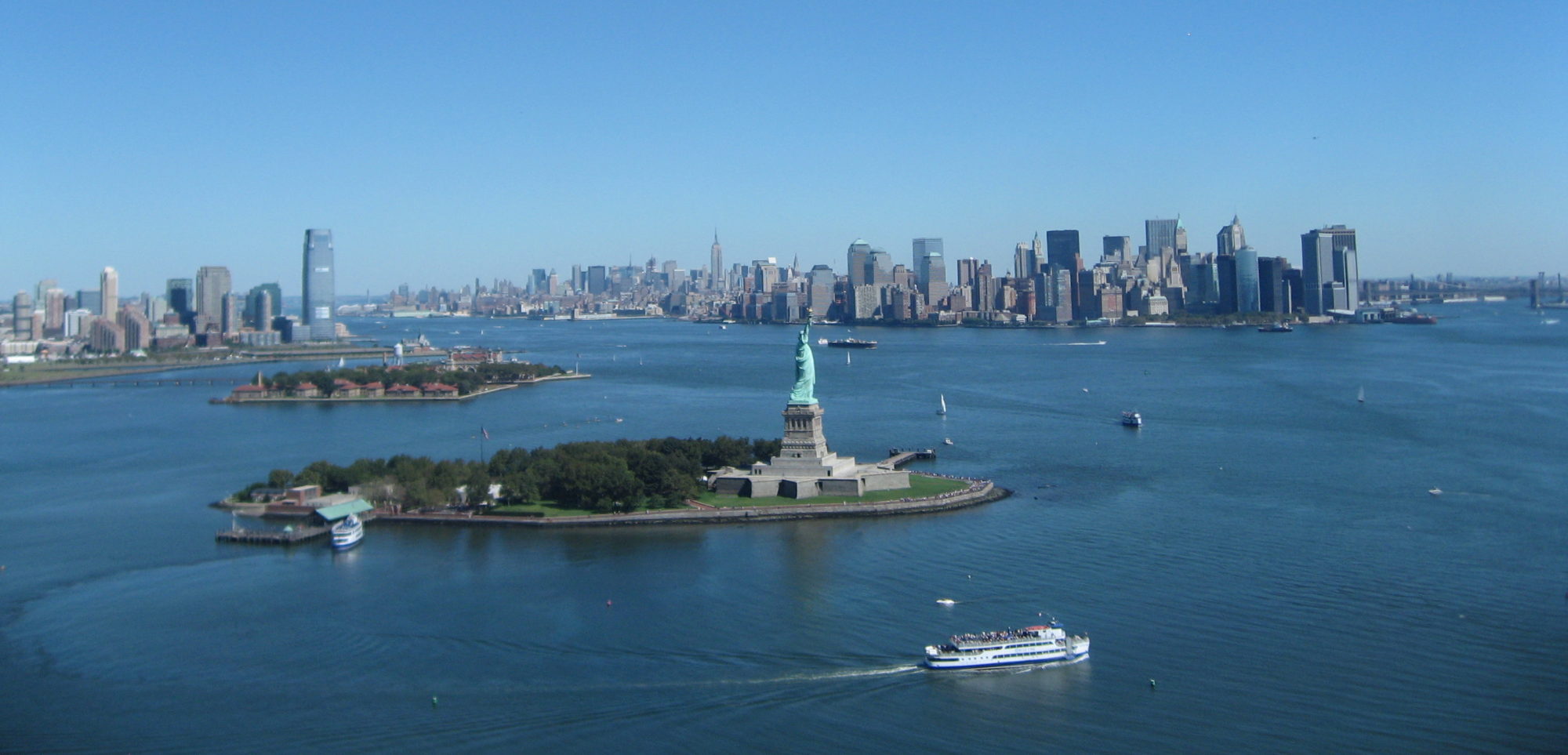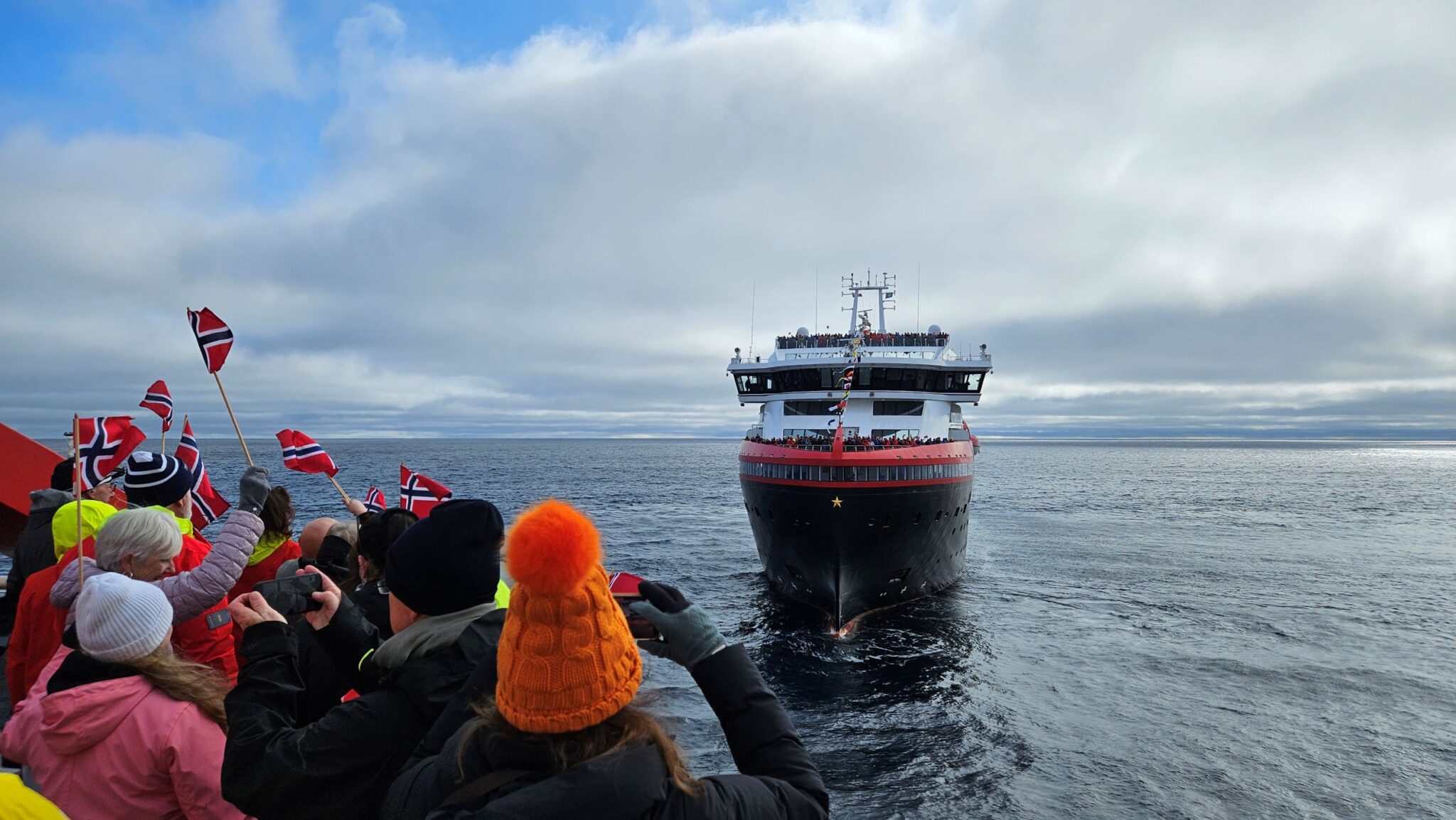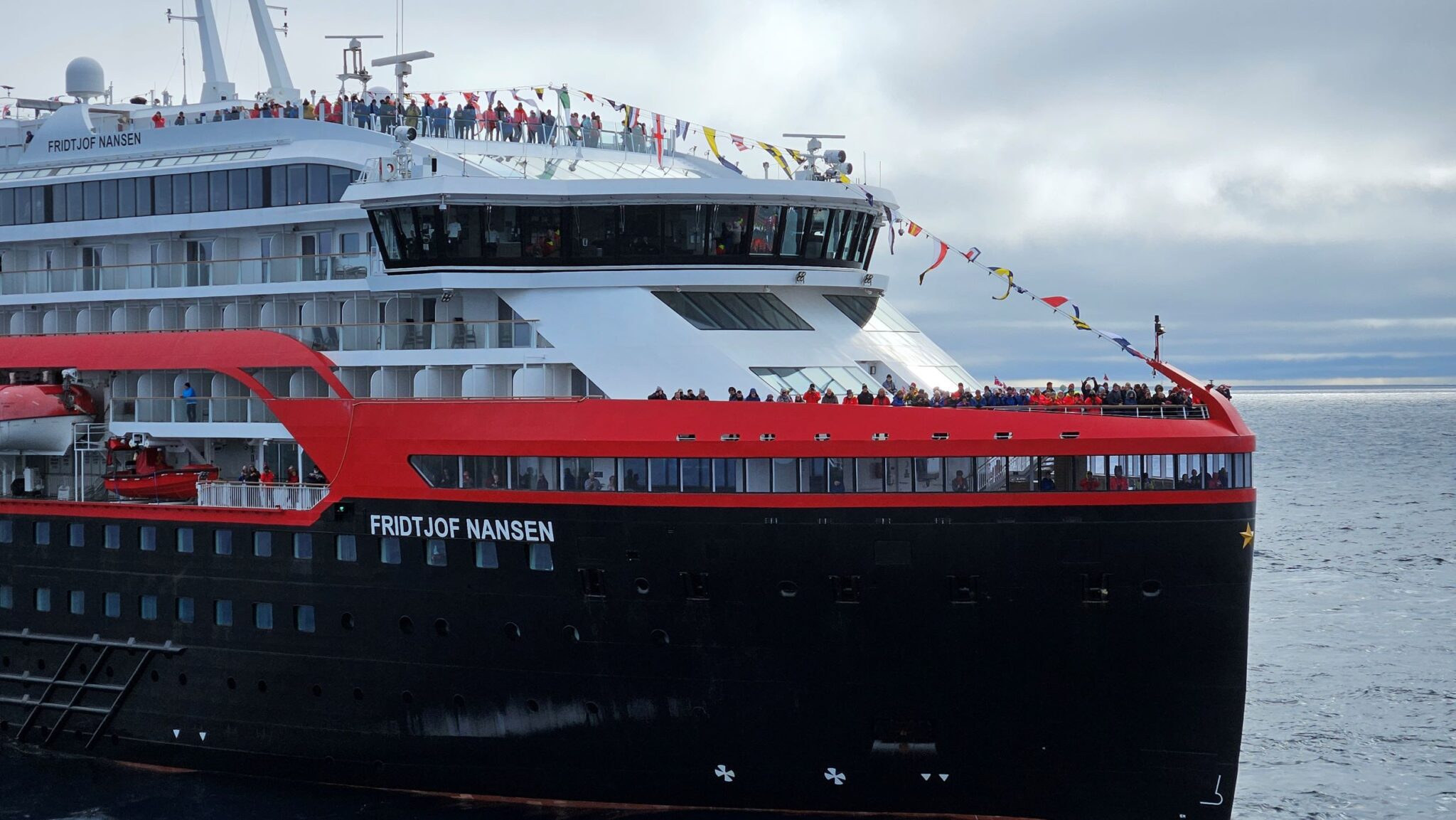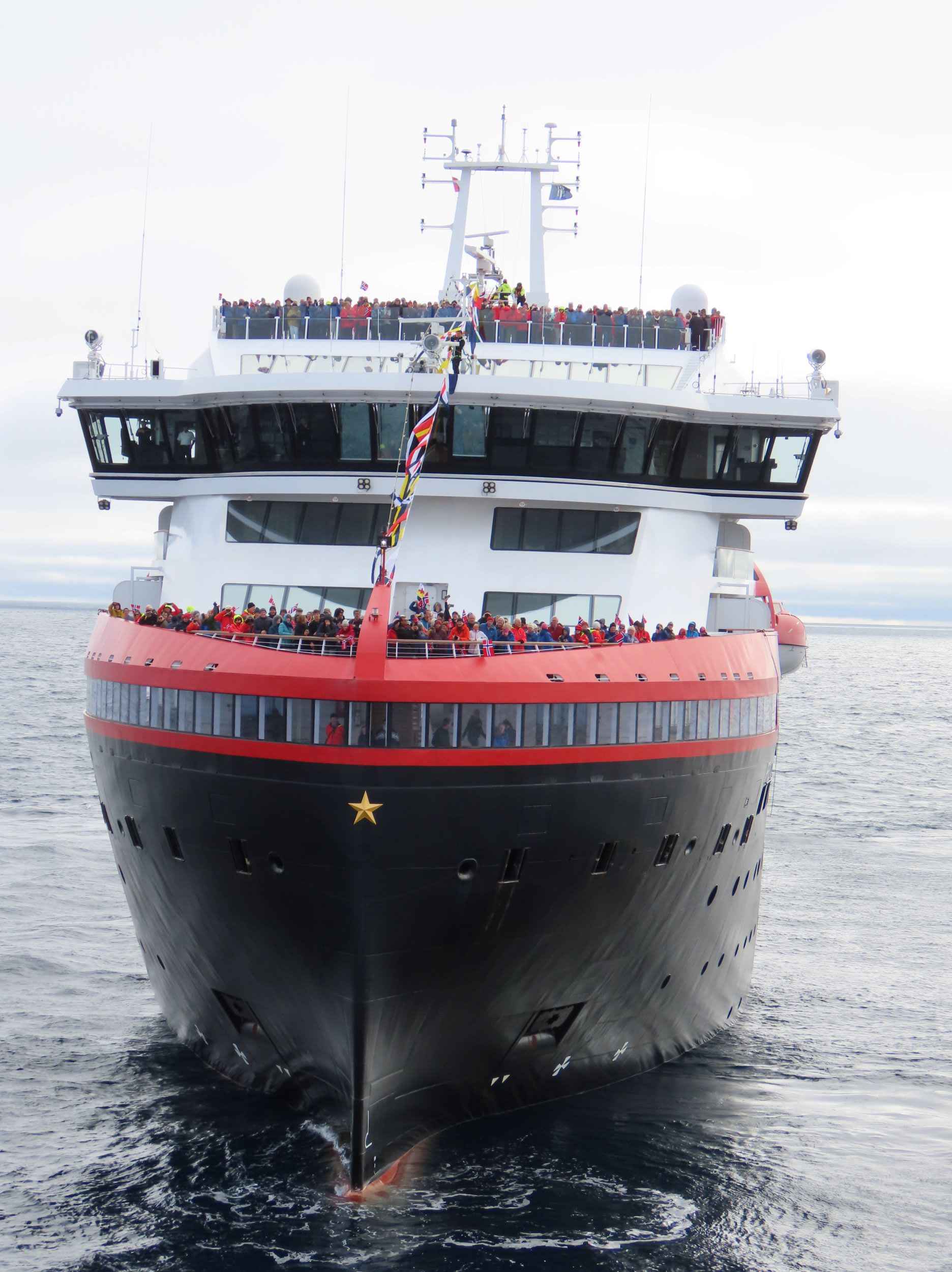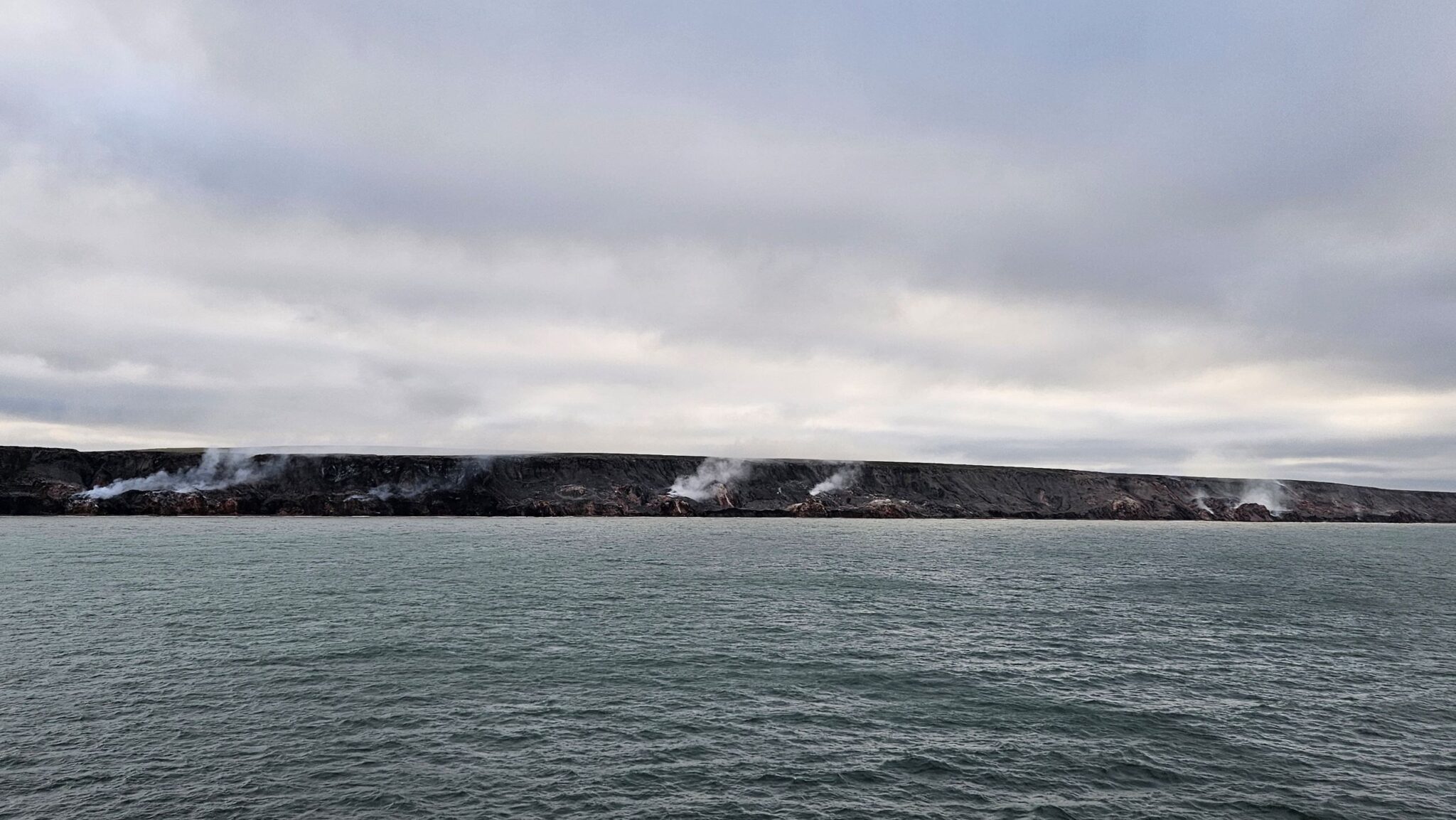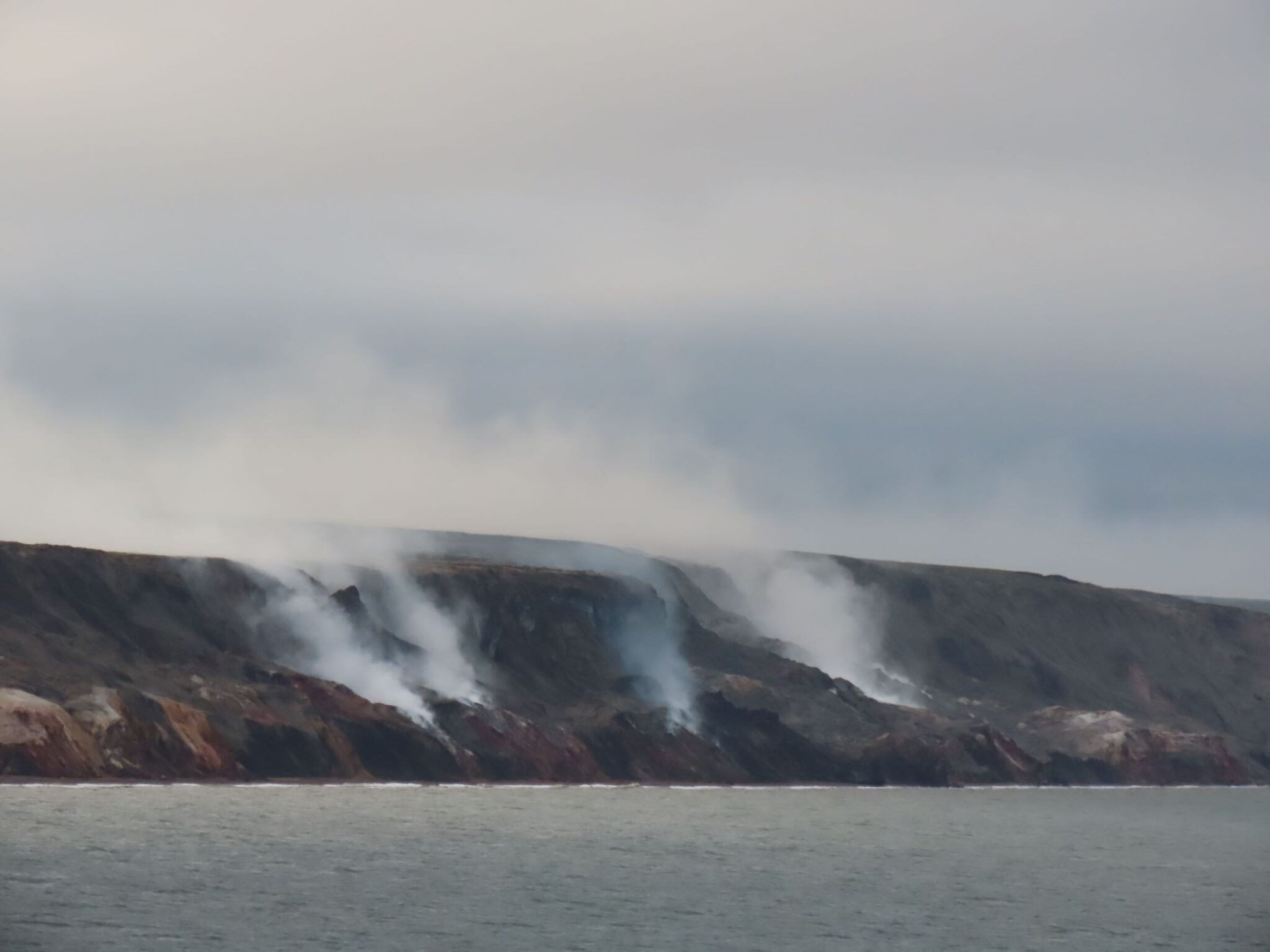27-Aug-24 Smoking Hills, New Territories
Bit rough last night. Sea depth exceeded 200m and sailing at just under 16kts. As we cross the deep Beaufort Sea off the continental shelf. Can only assume we are sailing international waters rather than Canadian. Disturbed night tossing in the swell.
And another clock change during the night moving forward to New Territories time. Another hour’s sleep lost. You know how much I love my sleep. So have a lie in. And a brew watching petite icebergs float past. The sort of size you’d have in a Giant’s Gin & Tonic. First sea ice we’ve seen. Though hopefully not the last. Not felt very Arctic so far. Just sea fog. And grey skies.
Very interesting lecture on how the North West Passage was discovered over the centuries. Each expedition incrementally gaining a little bit more knowledge than the last. The eastern approaches by Greenland. Western approaches by the Bering Strait. Complemented by land expeditions going north through Canada.
Expeditions put on hold during the late 18th and early 19th centuries due to the Napoleonic Wars. Always the French.
John Davis’ expedition in 1585-87 nibbled away at southern Greenland mapping the coast. MacKenzie completed a land expedition along what is now the MacKenzie River to map that route and the Arctic Ocean at the mouth of the river.
Ross & Parry in 1819 continued on the eastern side trying to find access to the NWP and a further land expedition by Dease and Simpson in 1837-39 capitalised on the MacKenzie route by extending the mapping further to Prudhoe Bay.
Not forgetting James Cook’s forays into the Chuckchi Sea in the late 1770s (the same trip he returned Omai…whose portrait is brilliantly displayed at the National Portrait Gallery in London, well worth a visit!).
Each expedition slowly providing another piece in the jigsaw. In preparation for the Sir John Franklin expedition in 1845-48.
But. As you know. This came to a sticky end with Franklin dying enroute and HMS Terror and HMS Erebus becoming stuck in the ice and eventually sinking.
No one survived.
More to follow on that topic, dear reader. Once we’ve had another lecture.
And so to plankton. I have no interest in plankton. But I aim to attend all these science lectures no matter the subject. I am learning stuff, dear reader. Left. Right. And centre.
There are three types of organisms in the sea: 1) Benthos, which live on, in or near the bottom of water bodies eg. crabs, seagrass, starfish (derived from the Greek ‘depths of the sea’); 2) Nekton (from Greek ‘to swim’) which can actively propel themselves against the current eg. fish; and 3) Plankton (derived from Greek ‘sea drift’) and are organisms that drift in water and are unable to propel themselves against currents. The stuff you learn on this blog.
Water sample taken a few days ago at Point Barrow is used to look at through the microscope. My inner schoolboy is excited. Not looked through a microscope since school. My first foray with a microscope was with my Thomas Salter Microscope Lab kit in the 1970s. Still have it in the roof.
Shall be retrieving it from roof upon my return.
Science Centre onboard ship has about 10 microscopes linked up to the monitors. It’s excellent and able to view chaetoceros plankton in the sample. But what a faff if you wear glasses and have dodgy sight. Like me. Discover the best way to look at the sample is one eyed. All pirate like. Ahargh. See photos below of the sample taken with a mobile phone.
More excitement after lunch as the sister ship MS Fridtjof Nansen sails up to the MS Roald Amundsen bow to bow about 20m apart. Last time they did this they got to 6m apart. Nansen appears to have more people on board so wins the ‘who can get the most passengers on deck’ competition. Pretty impressive GPS and propeller technology that allows this stunt to happen. All for a good photograph.
And the final trick of the day is a sail by of the Smoking Hills. Named by Sir John Franklin on his western recce of the NWP in 1826.
The fires result from auto-ignition of the sulphur rich lignite deposits found here. Auto-ignition caused by friction between the geological plates. About half a dozen points smoulder away.
As they have for centuries.
